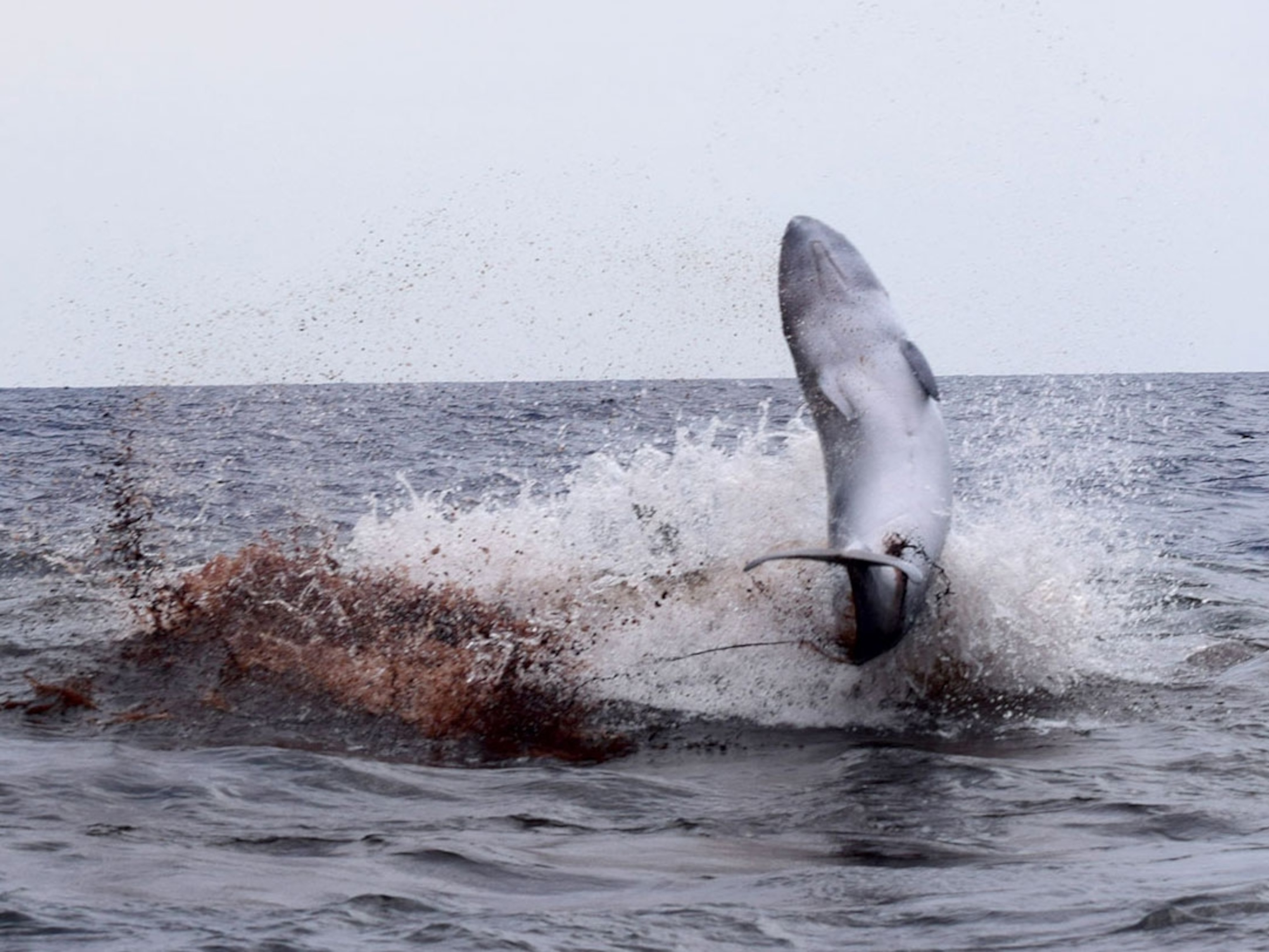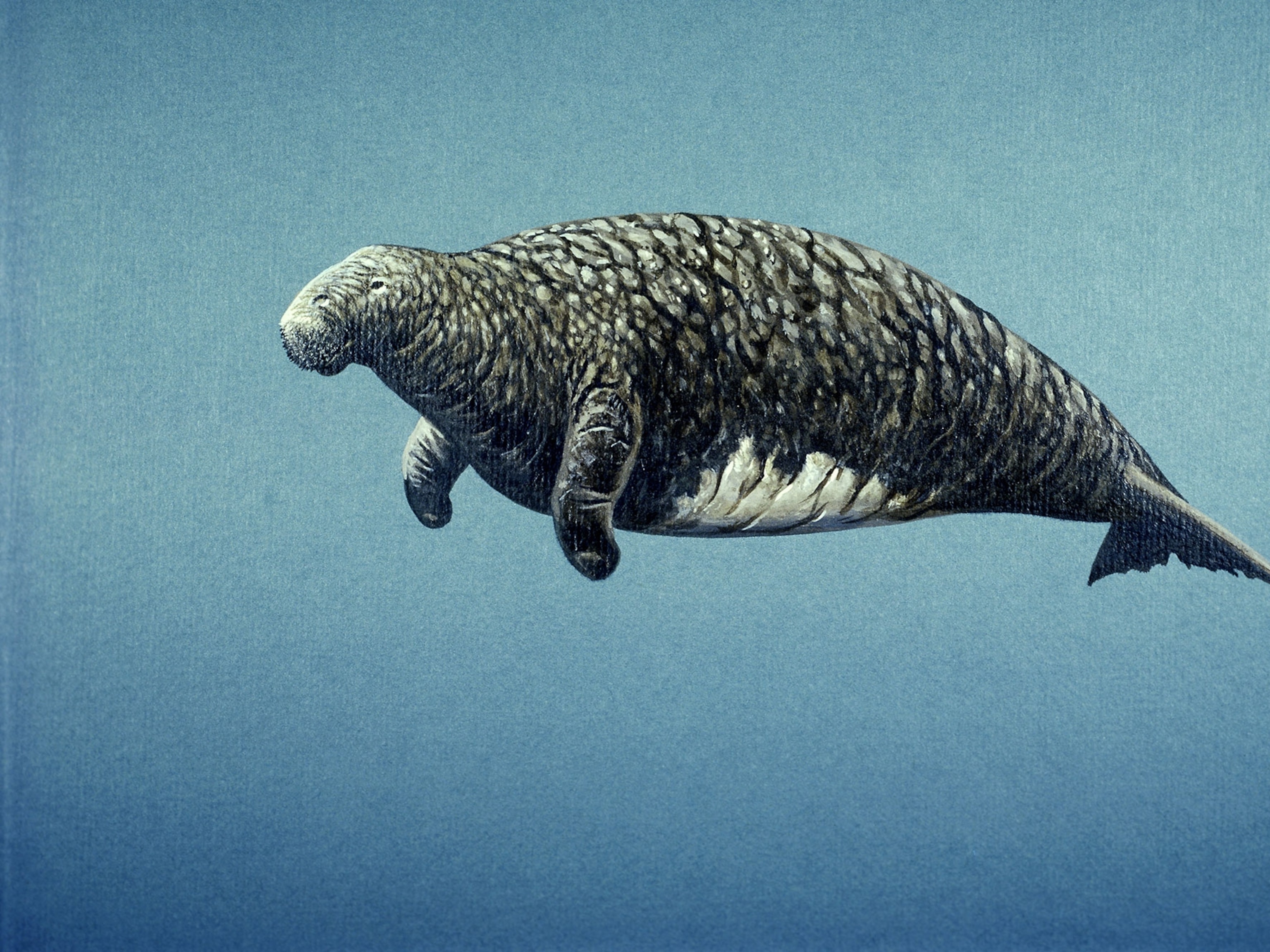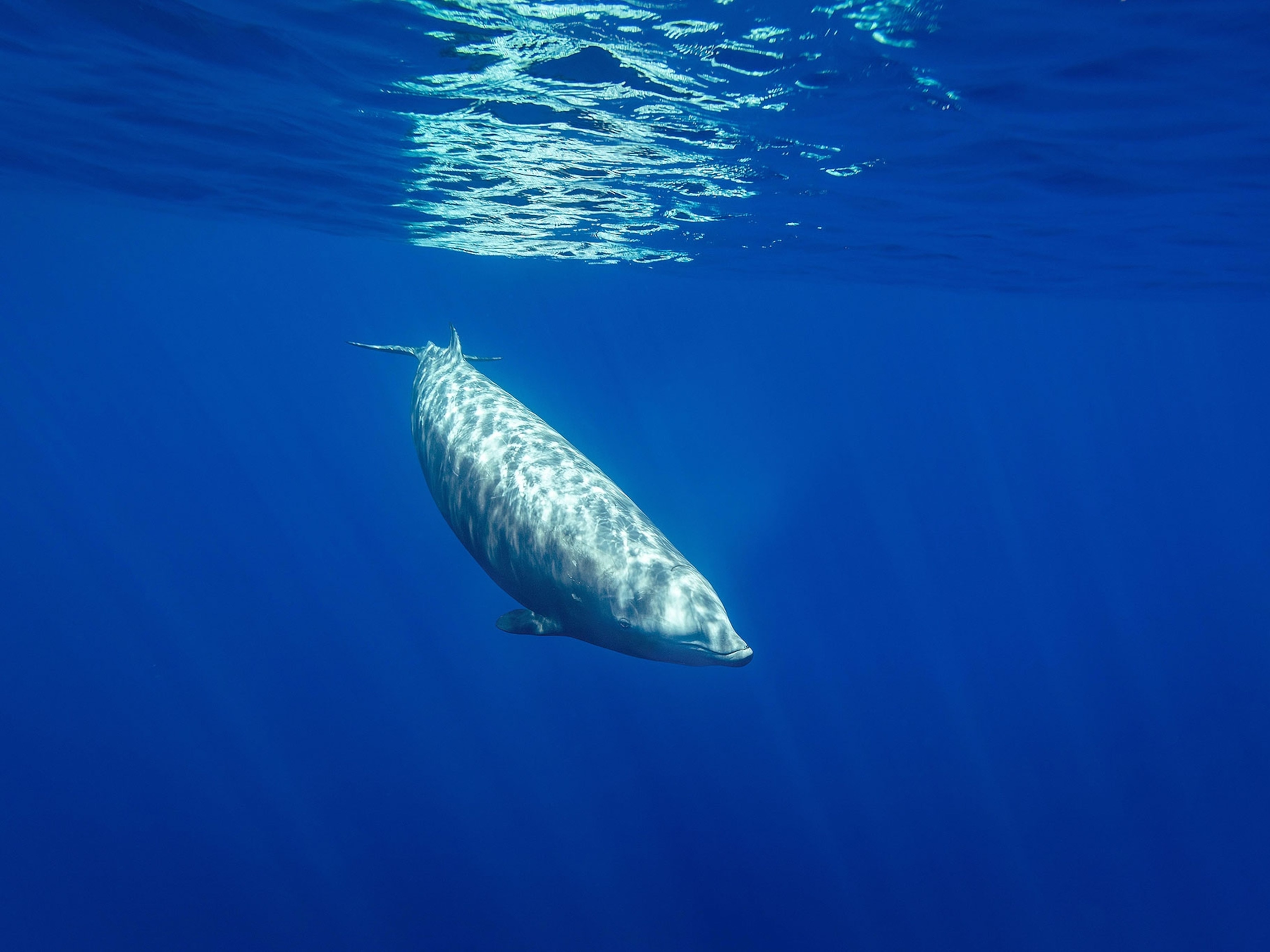When sea otters in Alaska were diagnosed with phocine distemper virus (PDV) in 2004, scientists were confused. The pathogen in the Morbillivirus genus that contains viruses like measles had then only been found in Europe and on the eastern coast of North America.
“We didn’t understand how a virus from the Atlantic ended up in these sea otters. It’s not a species that ranges widely,” says Tracey Goldstein, a scientist at the University of California Davis who investigates how pathogens move through marine ecosystems.
Using 15 years of data from 2001 to 2016, Goldstein and her research team were able to see upticks in PDV that corresponded with declines in Arctic sea ice. This new range for the otters likely allowed infected animals to move west, into new territories where the virus had not appeared before. The results of the study, published today in the journal Scientific Reports, shows how climate change may be opening up new pathways for disease to spread.
From Europe to North America
Phocine distemper virus was first detected in 1988 in northern Europe, where an estimated 18,000 seals died, most of them harbor seals. A similar outbreak occurred in 2002. It’s unclear where PDV originated. Some research has suggested it originated in the Arctic, but variations of distemper are found in dozens of animals. Local vets regularly vaccinate pet dogs against the canine version.
And in seals, as with dogs, symptoms of the virus include difficulty breathing, discharge from the nose and eyes, fever, and in marine mammals, erratic swimming.
It spreads via direct contact or if an animal comes into direct contact with infected excrement.
“The virus has been shown to spread pretty easily between marine mammals,” says Shawn Johnson, the vice president of veterinary medicine at The Marine Mammal Center in Sausalito, California.
The first major outbreak of PDV along the U.S. East Coast occurred in 2006. Over the past year, the National Oceanic and Atmospheric Administration has been logging what they describe as abnormally high numbers of dead seals from Maine to Virginia. Test results have shown PDV to be the primary culprit.
To construct when and where PDV spread from northern Europe to the northern Pacific just off the coast of Alaska, Goldstein and her team searched studies and records of biological samples taken from 2,530 live and 165 dead seals of species that spend at least part of their years on Arctic ice. They then looked at data showing the reach of sea ice at a given time of year, called Arctic ice extent. In years when sea ice extent was low, the following years showed an uptick in PDV.
2016 was the last year from which the study took data. In the past three years, Arctic sea ice has continued to shrink.
New paths for infection
Sea ice opens up new migration routes for marine mammals, allowing them to more easily cross from the Atlantic to the Pacific by way of the Arctic Circle. Goldstein says the added stress of needing to forage farther for food can weaken the animals’ immune systems, making them easier targets for disease.
“They are traveling further looking for food. That will affect overall health, and they’ll be more susceptible to disease,” she says.
Because so many marine species annually migrate to the Arctic, it may be serving as a location for the disease to multiply and spread.
“The Arctic could be a perfect melting pot for transmission of the disease,” says Johnson.
The disease has yet to be detected in California, but Johnson says he and other scientists are remaining vigilant. There’s potential for the virus to spread south, he says. Many of the marine species in California migrate north and interact with animals in regions farther north where the disease has been documented.
It’s possible to vaccinate some marine mammals against PDV, but doing so at a scale large enough to prevent the disease from spreading is difficult, say scientists. Hawaiian monk seals are regularly vaccinated against PDV. Only about 1,400 individuals remain in that species, and while the disease is yet migrate that far south, the potential impact it could have worries conservationists.
Goldstein says there remains a lot of uncertainty about the disease and how it will evolve as climate change continues to shrink the Arctic.
In addition to PDV, Johnson says they’re monitoring other diseases that are on the rise as a result of climate change. Leptospirosis, a bacteria that can spread from animals to humans, is increasing, as are algal blooms, infecting fish with a toxin that leads to brain damage in marine mammals.






